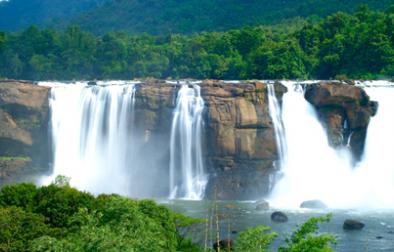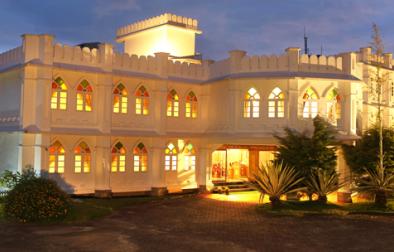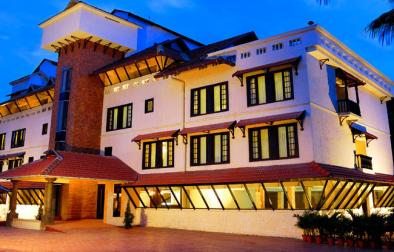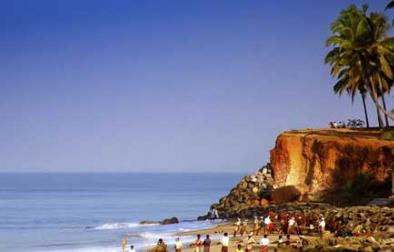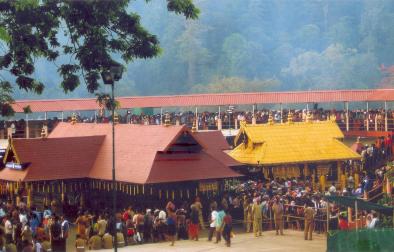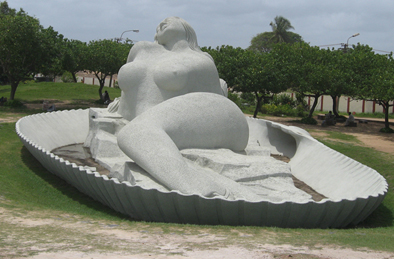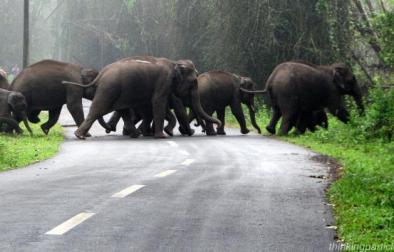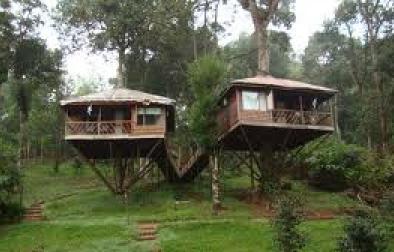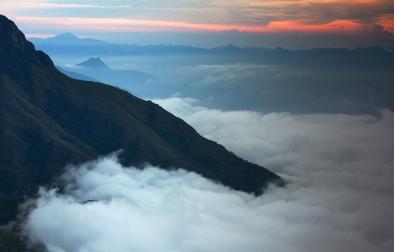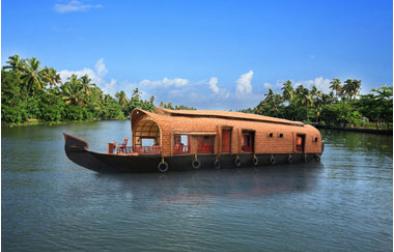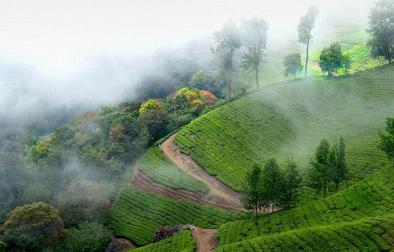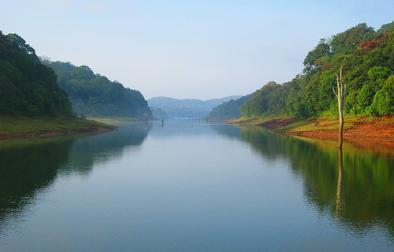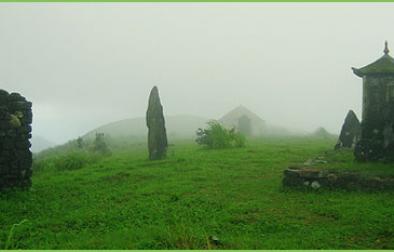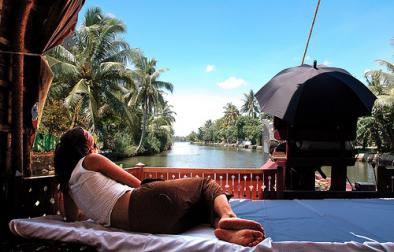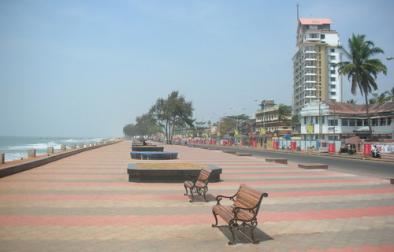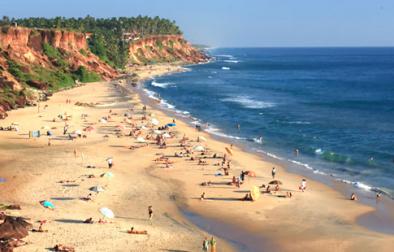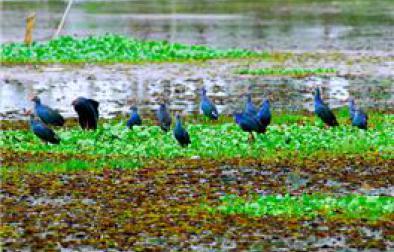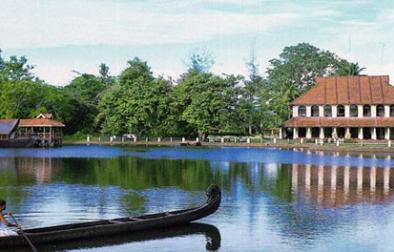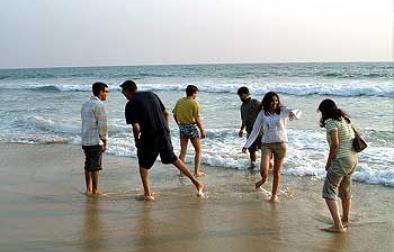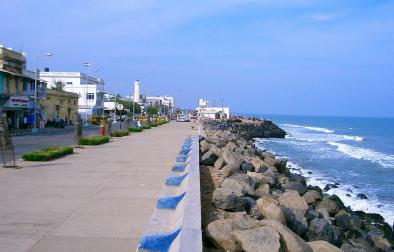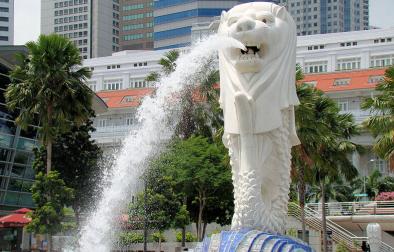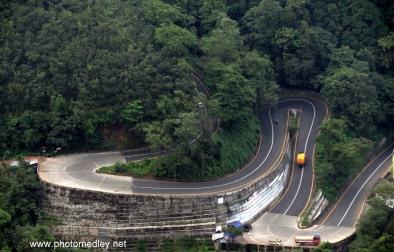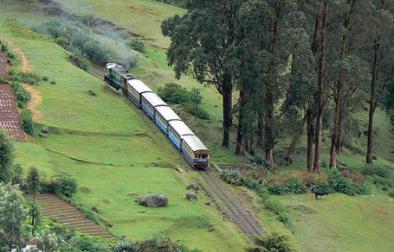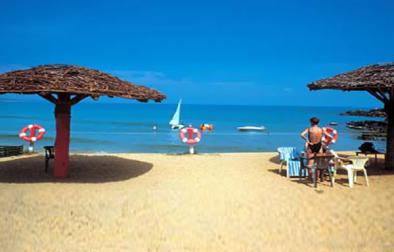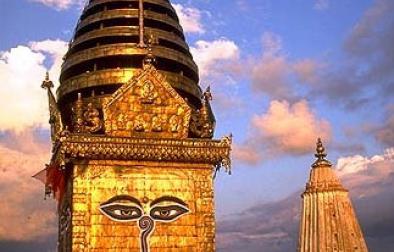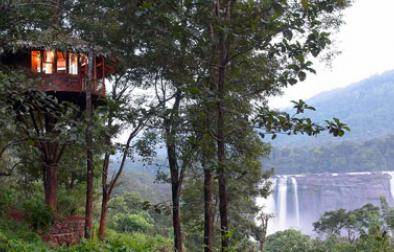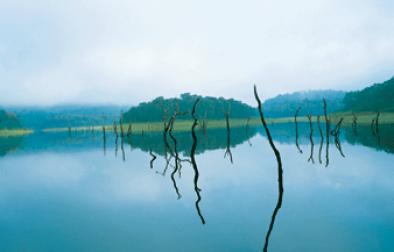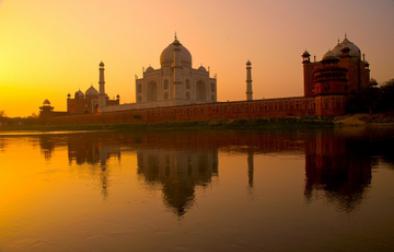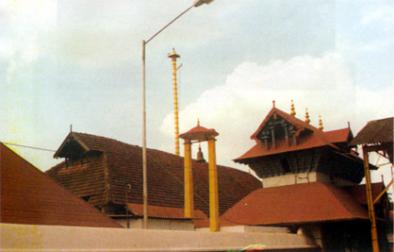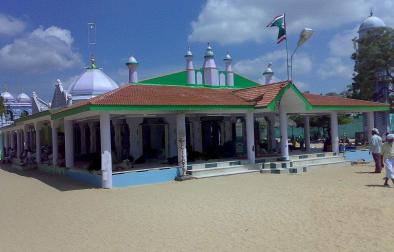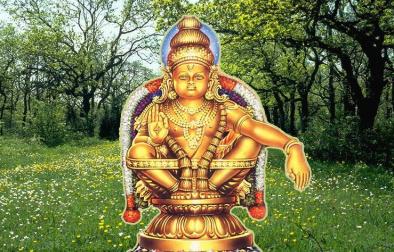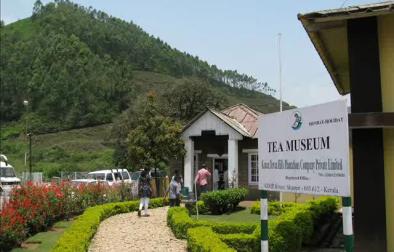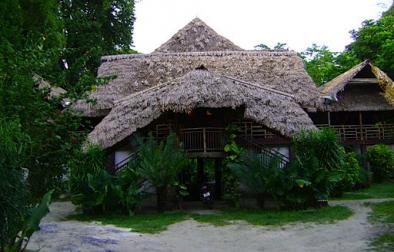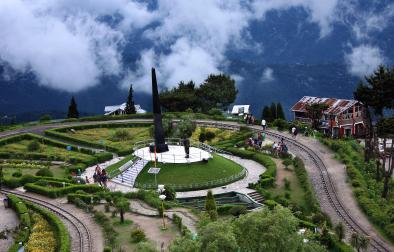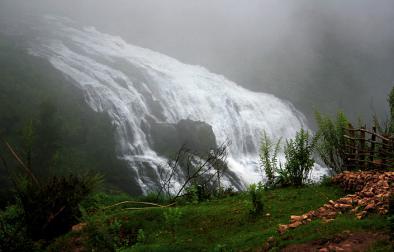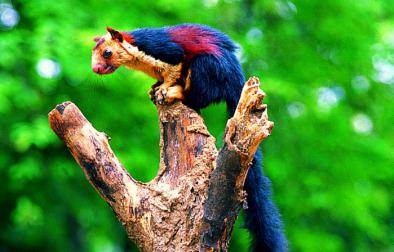Kashmir - Crown of India
Jammu and Kashmir is in the northernmost state of India. It is mostly in the Himalayan mountains and shares a border with the states of Himachal Pradesh and Punjab to the south.
Kashmir (Kashmiri: کٔشÙیر / कॅशीर; Hindi: कशà¥à¤®à¥€à¤°; Urdu: کشمیر; Uyghur: كەشمىر; Shina: کشمیر) is the northwestern region of the Indian subcontinent. It is also called and known as the Heaven on Earth because of its natural widespread beauty until the mid-19th century. The term Kashmir geographically denoted only the valley between the Great Himalayas and the Pir Panjal mountain range. Today, it denotes a larger area that includes the Indian-administered state of Jammu and Kashmir, which consists of Jammu and Kashmir Valley and the Ladakh regions, the pakistan-administered territories of Azad Kashmir and Gilgit–Baltistan, and the Chinese-administered regions of Aksai Chin and the Trans-Karakoram Tract.
In the first half of the 1st millennium, the Kashmir region became an important centre of Hinduism and later of Buddhism. Later still in the ninth century, Kashmir Shaivism arose. In 1349, Shah Mir became the first Muslim ruler of Kashmir and inaugurated the Salatin-i-Kashmir or Swati dynasty. For the next five centuries, Muslim monarchs ruled Kashmir including the Mughals, who ruled from 1526 until 1751, then the Afghan Durrani Empire that ruled from 1747 until 1820. In that year, the Sikhs under Ranjit Singh annexed Kashmir. In 1846, upon the purchase of the region from the British under the Treaty of Amritsar, the Dogra Rajputs—under Gulab Singh—became the new rulers. Dogra rule under the paramountcy (or tutelage) of the British Crown lasted until 1947, when the former princely state became a disputed territory, now administered by three countries such as India, Pakistan, and the People\'s Republic of China.



